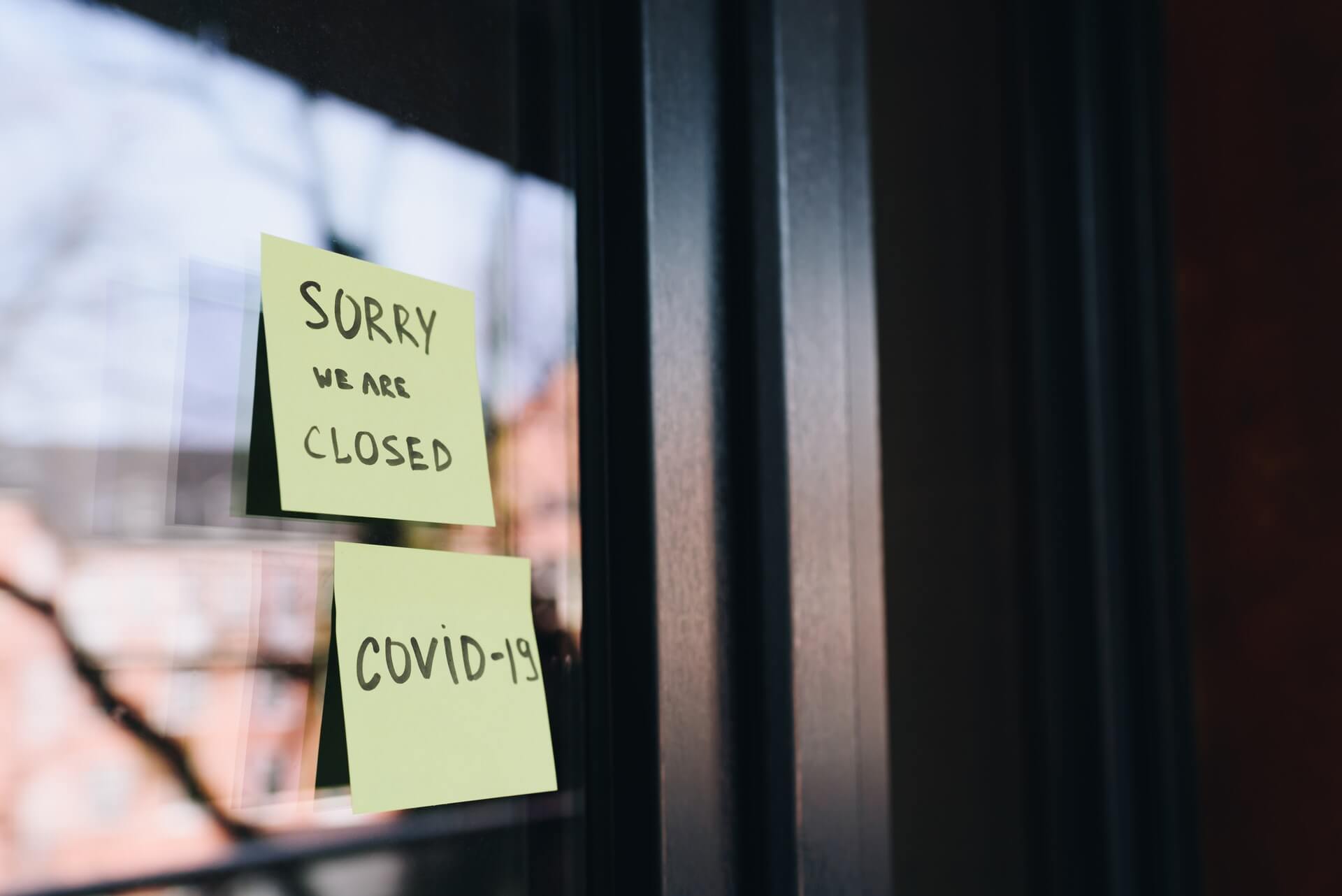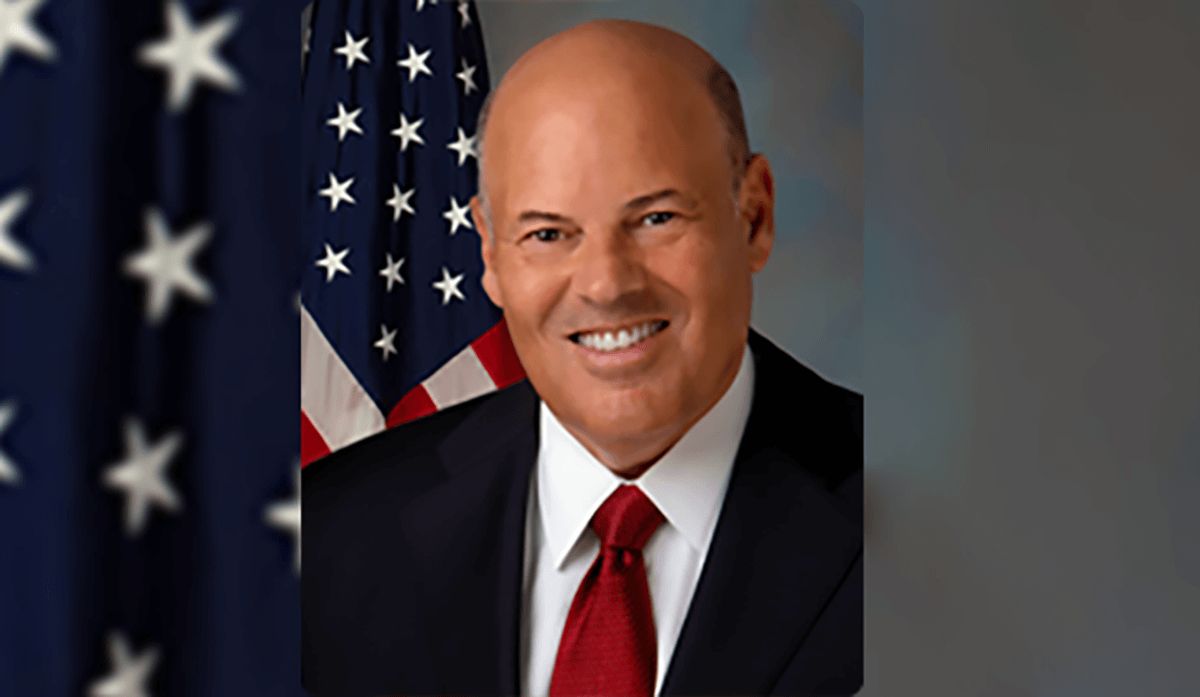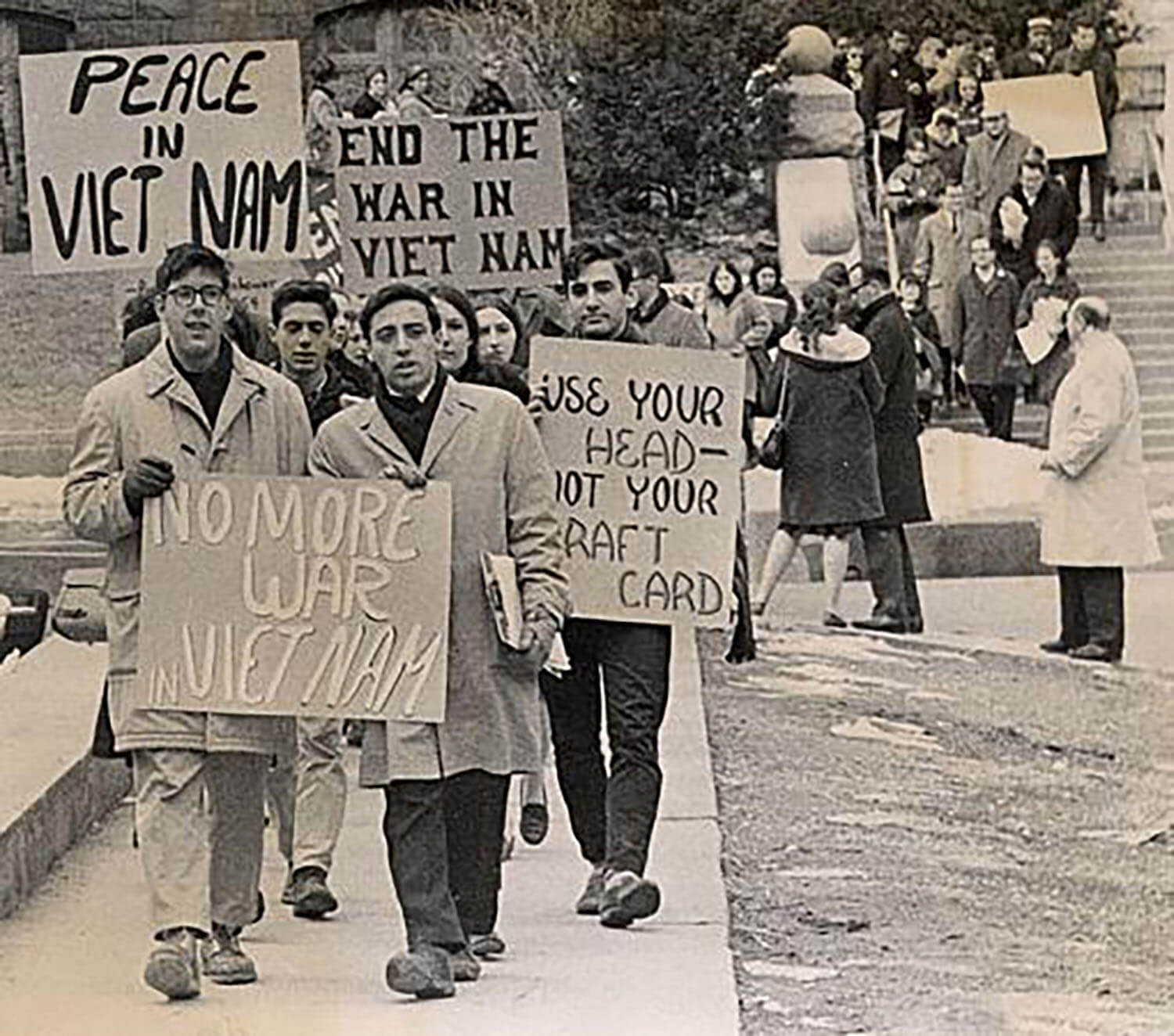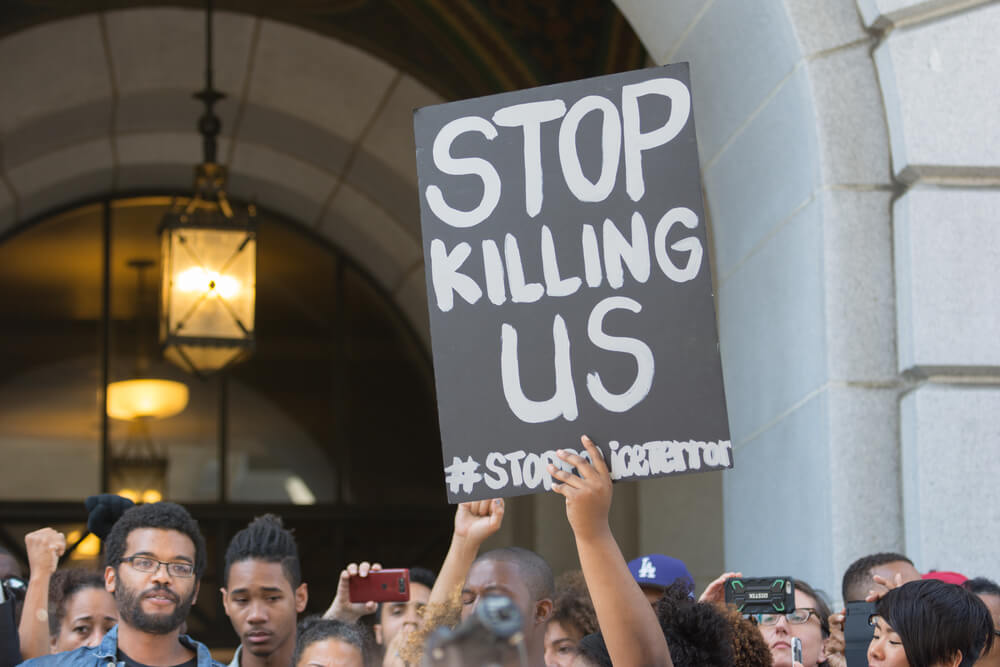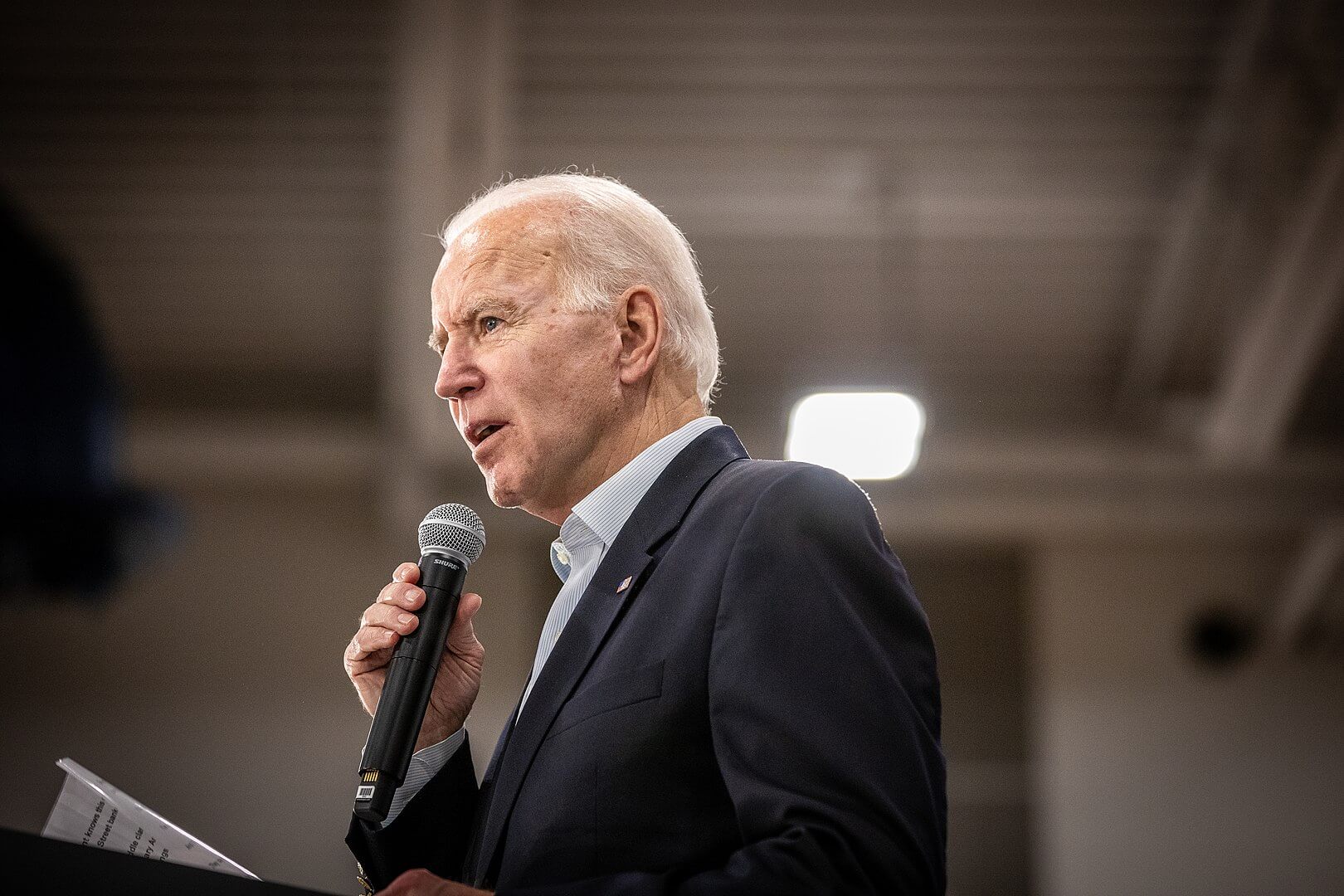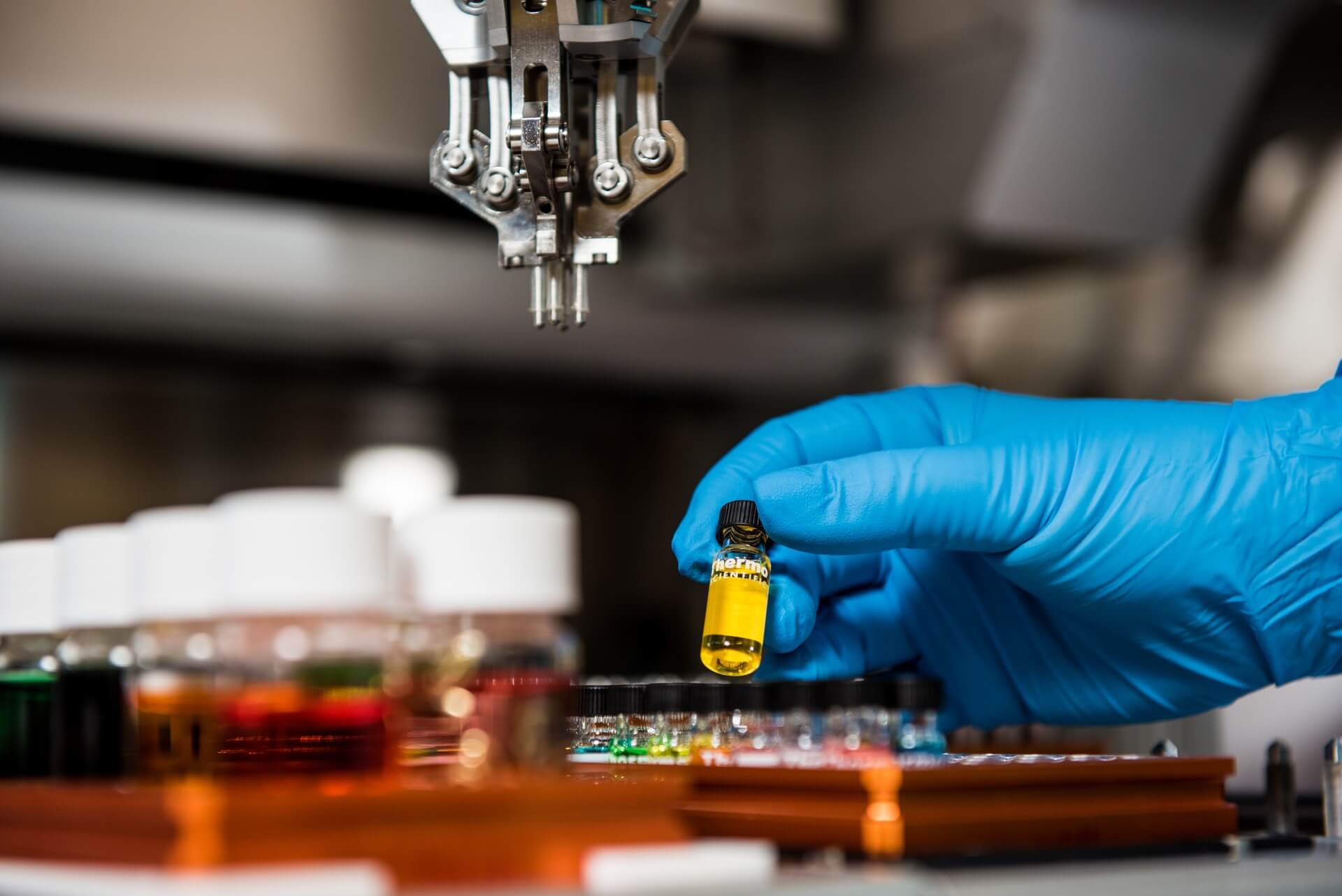The good news is that if you get COVID-19, you stand a better chance of getting better sooner, without having a long, if any, stay in the ICU, and you may not have to suffer on a ventilator.
The bad news is there may be no silver bullet of a vaccine by the end of the year, and if one is approved, there may be a free-for-all among vaccine developers, countries and special interests.
For the improvement in treatment outlook, thank a process called exaptation. The term has been appropriated from evolutionary biology and means essentially work with what you have, adapt and deploy. The most quoted example is how birds developed wings for warmth and found they could be used for flying.
One of the great exponents of exaptation, Omar Hatamleh, chief innovation officer, engineering, at NASA, says, “There is an abundance of intellectual property that can be repurposed or used in areas and functions outside of their original intended application.”
There are hundreds of thousands, maybe millions, of medicines — generally referred to as “compounds” in the pharmaceutical world — that have been developed for specific purposes but which may be useful in some other disease, “off label” in the pharmacologists’ vernacular. An example of this off-label use is the steroid Dexamethasone. It has been found to reduce death among critically ill COVID-19 patients.
It is a good idea to look outside the box, as we are constantly advised. But it is also a good idea to look inside the box as well.
Inside every hospital, for example, is a radiation department. Radiation is a medical tool universally used in cancer treatments.
Now comes word that radiation can save lives and cut hospital stays for COVID-19 patients. James Conca, a Tri-Cities, Wash.,-based nuclear scientist, explains to me, “This treatment is critical because severe cases cause cytokine release syndrome, also known as a cytokine storm, causing acute respiratory arrest syndrome, which is what kills.”
Dr. Mohammad Khan, associate professor of radiation oncology at Emory University School of Medicine in Atlanta, gave patients at the university’s Winship Cancer Institute a single, very low dose of radiation (about one-hundredth of the dose given cancer patients) and they began to show almost immediate improvement. The radiation reduced the inflammation — and in COVID-19, as in other diseases, it is inflammation that kills.
The use of radiation in this way opens the door to the treatment of many diseases where inflammation is the killer.
The Emory experience fits with a burgeoning field of study where sophisticated physical and engineering techniques intersect with medicine.
Dr. James Welsh of Loyola University Medical Center, Chicago, and a consortium of doctors and hospitals are hoping to launch nationwide clinical trials on the use of radiation in combating killer inflammation.
The sad thing, Conca says, is that the benefits of radiation in treating pulmonary disease, especially viral pneumonia, were known 70 years ago. In treating the pneumonia, he said, success rates were 80 percent, but the rise of antibiotics and antiviral drugs, combined with public concern about radiation, led to its being confined to the treatment of cancer.
Generally nuclear medicine tends to mean cancer treatment, but nuclear scientists have chafed at this.
While the outlook for therapies — for things that will save your life — is bright, the outlook for a vaccine, so hoped for, is confused. Assuming that a vaccine is perfected, that it works on most people and across a range of mutations, the stage is set for chaotic distribution.
One man and his company, Adar Poonawalla, CEO of Serum Institute of India, may hold the key to who gets the vaccine first. He has signed pacts with four vaccine hopefuls, including the one from Oxford University, considered by many to be the frontrunner.
Serum Institute is partnering with the British-Swedish drugmaker AstraZeneca to manufacture and supply 1 billion doses of the Oxford vaccine in India and less-developed countries. AstraZeneca says it is working on equitable distribution. British Prime Minister Boris Johnson has said Britain should have first dibs on British-developed vaccines.
The World Health Organization is the only international organization that might be able to orchestrate distribution, and the United States is withdrawing from that body.
Science may be forging ahead — exaptation at work — but human folly is as virulent a strain as ever.


